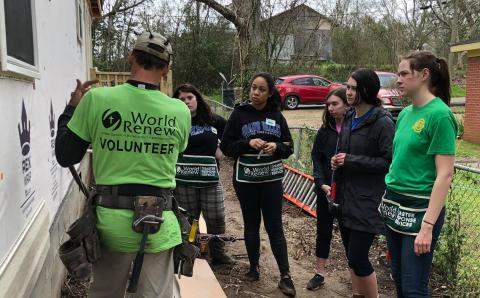A lot of things, including many worship practices, have changed in the congregation where I worship because of COVID-19. We no longer pass offering plates and communion trays. With worshipers seated in every other pew, serving elders in appropriate protective gear now move through the empty pews and serve the elements to each person directly. We no longer pluck our own pieces of bread from the tray. Instead, it is placed in our hands by the gloved hand of the one who serves. We no longer take; now, we receive.
“While they were eating, Jesus took bread, and when he had given thanks, he broke it and gave it to his disciples, saying, “Take it; this is my body” (Mark 14:22). Some have suggested that, unlike baptism, especially infant baptism, which we passively receive, the Lord’s Supper is something we do. It requires our active participation. We must take and eat. But the Greek word translated “take” also means “receive.” That is what you do when something is given to you: you gratefully receive it.
There is something right and good and true about this new posture in which our congregation receives the Lord’s Supper. Having the serving elders place the bread into each person’s hands reflects the way the Heidelberg Catechism imagines the administration of the Lord’s Supper: “As surely as I receive from the hand of the one who serves, … the bread and cup of the Lord, given me …” (Q&A 75). And it powerfully affirms what the sacrament symbolizes: how we are made right with God. It is not something we do, but a gift that we gratefully receive. “Without my deserving it at all, out of sheer grace, God grants and credits to me the perfect satisfaction, righteousness, and holiness of Christ. … All I need to do is accept (receive) this gift with a believing heart” (Q&A 60).
About the Author
Rev. Ryan Faber is pastor of worship and administration for Faith Christian Reformed Church, Pella, Iowa.






